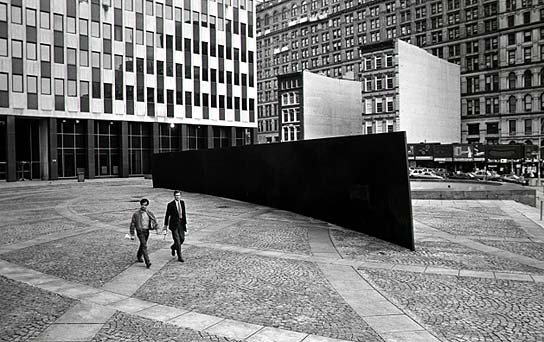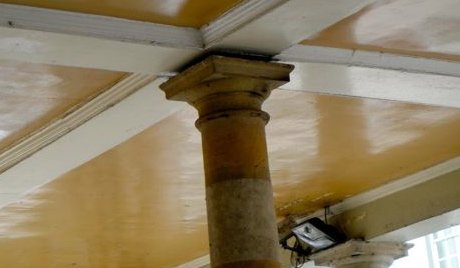Sometimes one cultivates legend or mythology around their persona that creates or further elevates their status.
From the famous series of interviews of Joseph Campbell by Bill Moyers called “The Power of Myth”
BILL MOYERS: Why are there so many stories of the hero or of heroes in mythology?
JOSEPH CAMPBELL: Well, because that’s what’s worth writing about. I mean, even in popular novel writing, you see, these the main character is the hero or heroine, that is to say, someone who has found or achieved or done something beyond the normal range of achievement and experience. A hero properly is someone who has given his life to something bigger than himself or other than himself.
These anecdotes contain all of the elements outlined by Campbell and places these artists as the heroes. They have created a mythology around them and/or their works. For them, though, there is no (or little) pretense. This is them (magnified through the retelling of the stories) and it exemplifies their values. Companies and organized institutions, take note.
And now...Prince.
Prince/Charlie Murphy
From Esquire’s verification of the story:
In 1985, Micki Free found himself at the center of what would become television history: a pick-up basketball game involving Prince and Charlie Murphy. It's a game that has become embedded into pop culture thanks to the 2003 Chappelle's Show sketch, which depicted Prince as a basketball-crushing beast that ran Charlie and his famous brother Eddie Murphy off the hard court.
“Game…blouses.” That we only anecdotally know this is true makes for a fine legend and impregnates Prince’s reputation. BTW, this story really goes nowhere if they change clothes IMHO.
Richard Serra / Titled Arc
From the General Services Administration’s website:
Upon its debut, Tilted Arc received both praise and criticism. By September 1981, nearly 1,300 Federal employees who worked at 26 Federal Plaza had signed a petition requesting the removal of the sculpture. Letters of protest were sent to GSA, which owned the two Federal Buildings, the plaza, and the sculpture.
Over the next three and a half years, the perceived merits and deficiencies of Tilted Arc were debated publicly. A multitude of opposing viewpoints emerged, both within and among the government, the art establishment, and the general public. Eventually, a three-day public hearing, organized by the GSA’s regional headquarters in New York, was held from March 6–8, 1985. Serra, arts professionals, civic groups, public officials, and community representatives presented statements at the hearing.
The severe work sits in storage to this day, and from inside its climatized space in a warehouse in Maryland, commands a place in New York art history for the years-long bureaucratic standoff and compliments Serra’s stubborn insistence that may only stand in this now-renovated plaza. If this does not happen, does this tarnish Serra’s reputation? (pun intended)
Christopher Wren / Guildhall Columns
From the Windsor Museum “History of the Windsor Guildhall”
It is said that he was asked by council to put in the pillars that stand in the middle of the corn exchange because they did not believe that the ceiling would stay up. Wren did not agree but installed the pillars as requested. However, after they were installed, there was a gap between the top of the pillar and the ceiling; the pillars were not supporting anything! Wren was determined to be right and the ceiling did stay up. It is a wonderful story but there is no evidence that Wren was ever involved personally in building the Guildhall.
Even if the story is not true, it still conjures effervescent magic surrounding Wren’s audacious expertise and furthers his mythic reputation.



